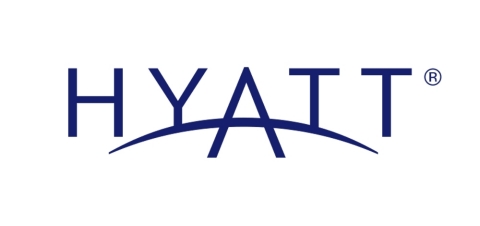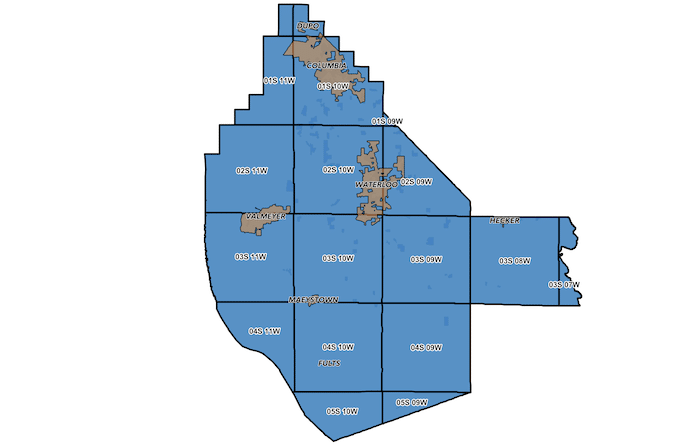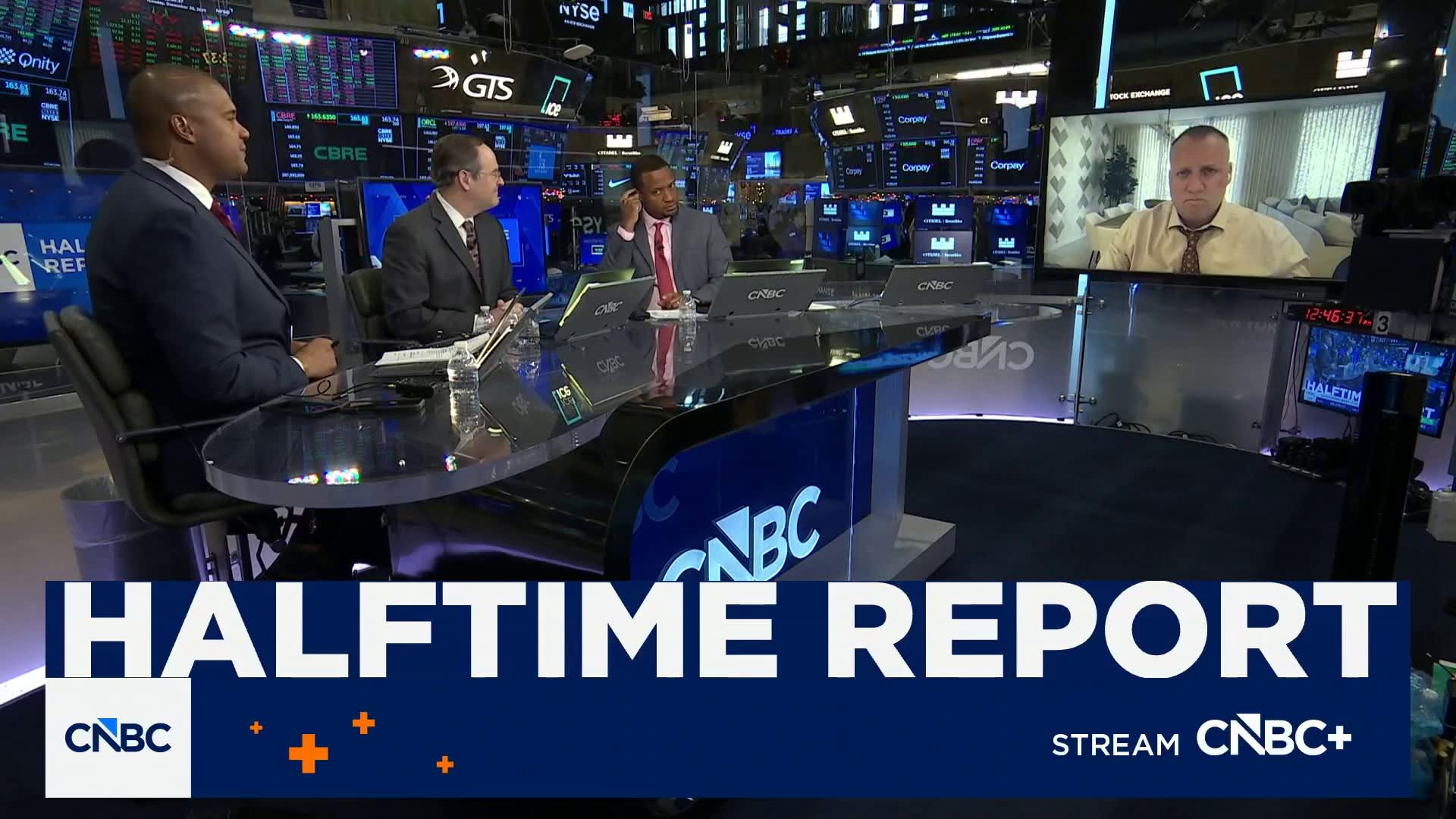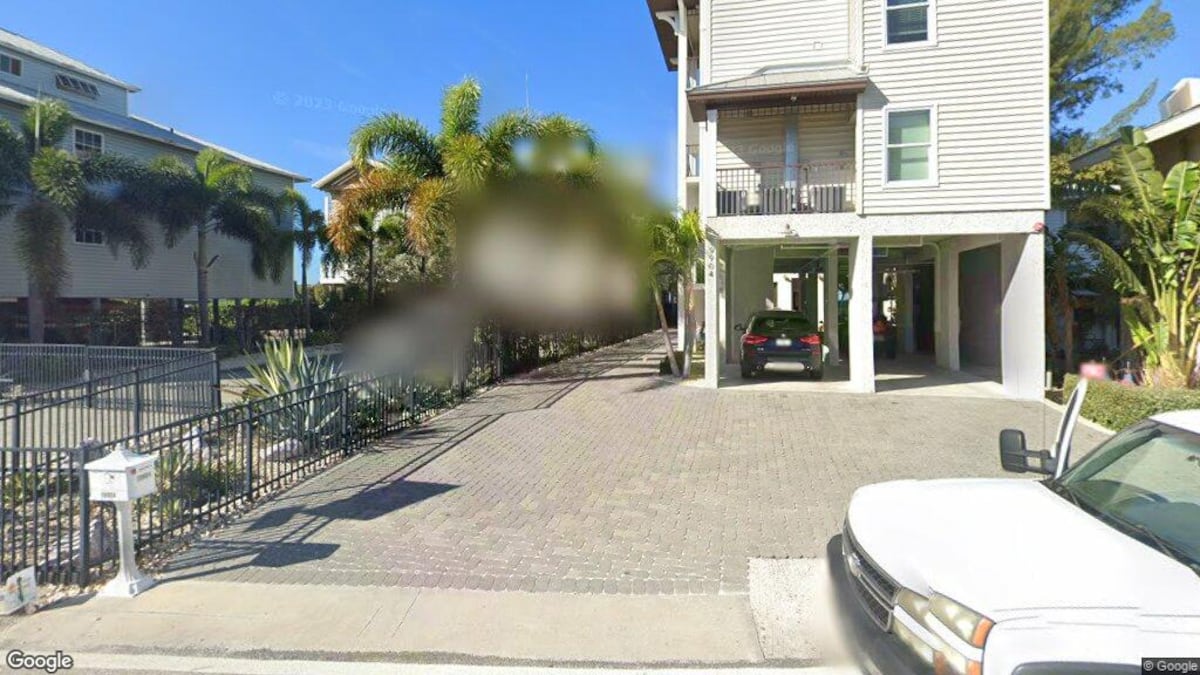T
he US real estate market in 2025 is at a critical juncture, with recessionary pressures, policy shifts, and changing occupier behavior creating both challenges and opportunities for investors. Strategic asset reallocation has become essential to navigate the complex landscape.
Commercial real estate remains fragmented, with office markets polarizing between prime locations in Tier 1 cities and secondary markets struggling with high vacancies. The industrial sector is cooling after a pandemic-driven boom, while retail is proving unexpectedly resilient, particularly in suburban areas where e-commerce cannot fully replace in-person experiences.
The multifamily sector faces a critical juncture due to overbuilding in Sun Belt markets like Austin and Raleigh-Durham, leading to oversupply and opportunities for investors to acquire distressed assets at discounted prices. The residential market is caught between affordability challenges and structural demand, with new home sales declining but effective rent growth remaining stable.
Investors must focus on sectors and regions with structural tailwinds, such as industrial real estate in logistics corridors, grocery-anchored retail, and high-quality office assets in urban cores. Multifamily opportunities exist in repurposing underutilized Class A properties to meet diverse income-level demands, particularly in markets with maturing debt.
Capital markets present a compelling case, with commercial real estate investment expected to grow by 10% in 2025, reaching $437 billion. However, investors must balance the allure of discounted assets against the risks of elevated interest rates and refinancing challenges. Tax incentives from recent legislation add complexity, potentially boosting returns but requiring careful structuring.
Policy and economic uncertainty pose a wild card, with administration policies compounding labor shortages and delaying projects. Investors must also monitor the Federal Reserve's stance on interest rates, which could stabilize prices but may not offset inflationary pressures tied to tariffs.
The US real estate market in 2025 is a mosaic of contradictions, where recessionary risks and policy noise create uncertainty but also generate mispricings that savvy investors can exploit. Strategic reallocation – favoring quality over quantity, core sectors over speculative bets, and geographies with demographic momentum – offers a path forward, requiring discipline and foresight to balance short-term volatility with long-term fundamentals.













